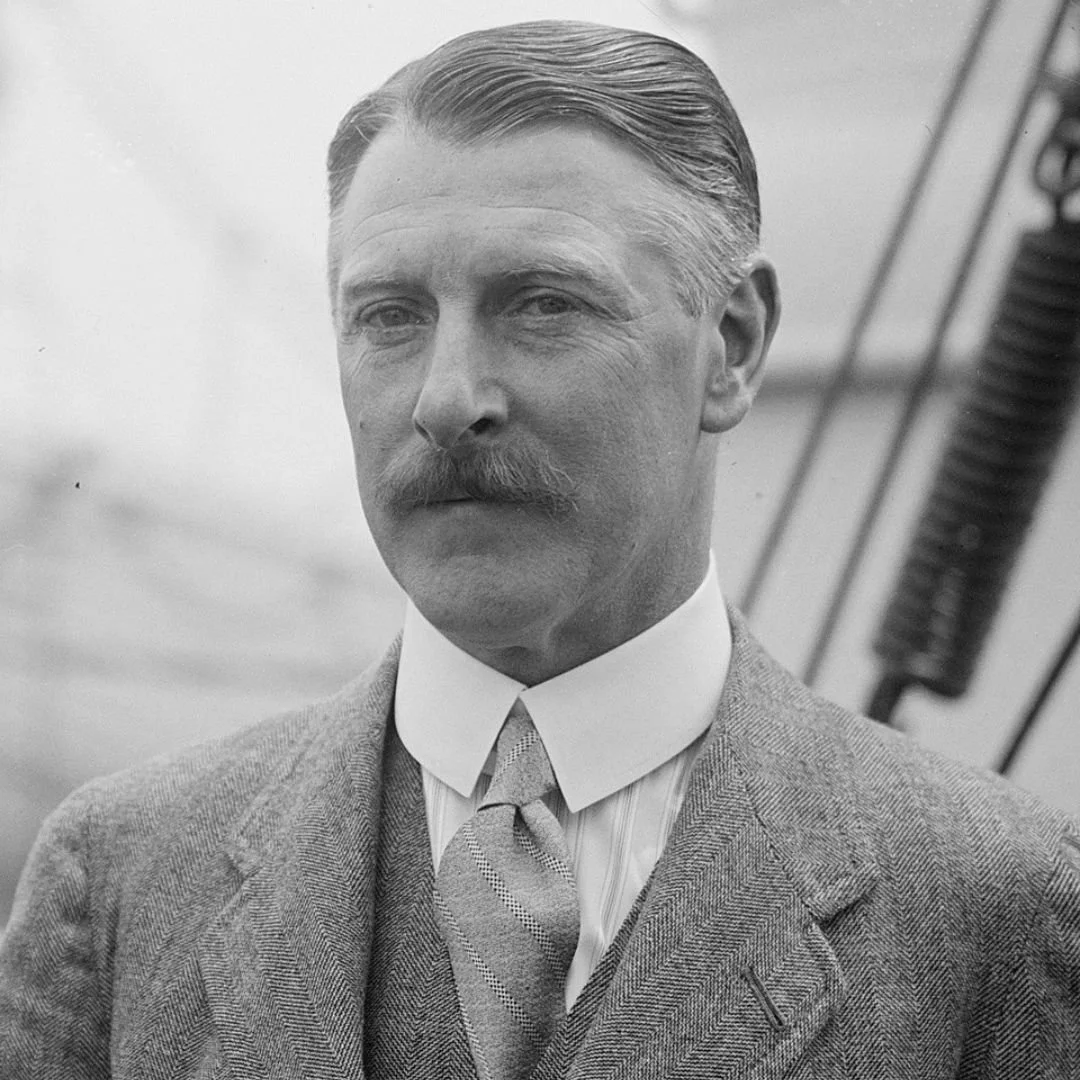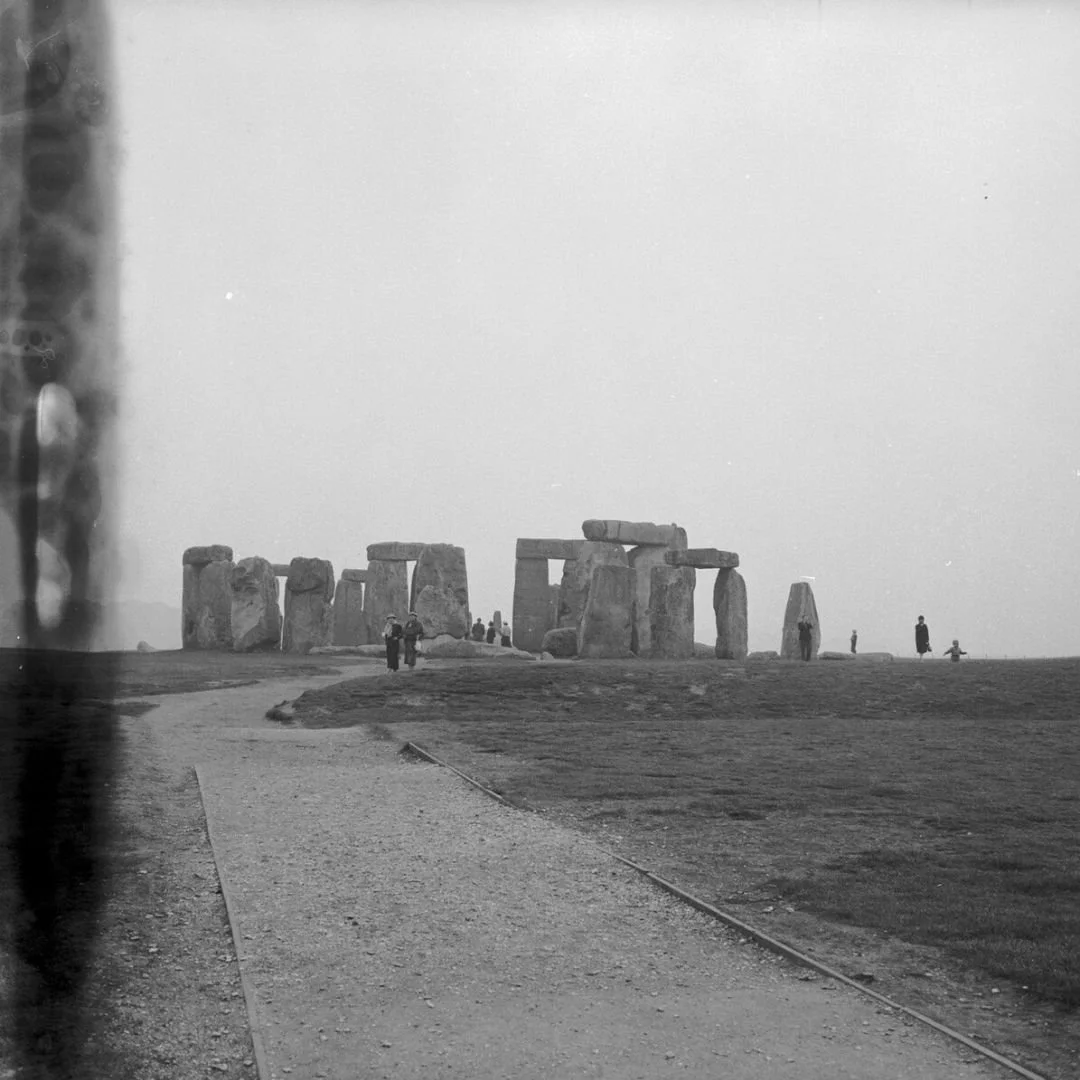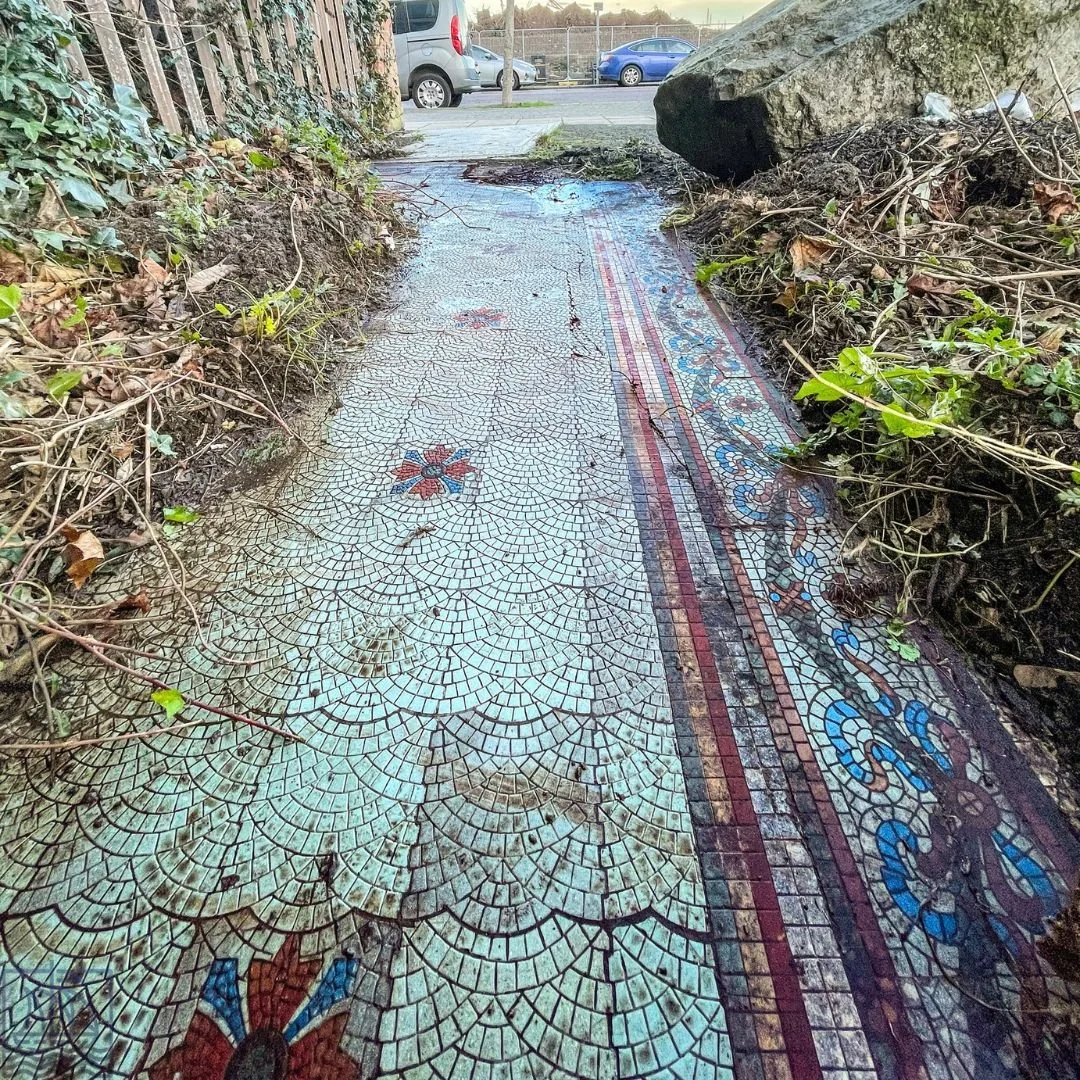The Man Who Bought Stonehenge For £6,600
In 1915, this man bought Stonehenge for just £6,600.
Hi name was Cecil Chubb, a wealthy lawyer, who spontaneously purchased the 5,000 year ancient monument at an auction in 1915.
Just three years later, he gifted it to the British nation for FREE, on the condition that the public MUST have free access to see it.
But today, it's around £30 per adult. This is the incredible true story.
On September 21, 1915 Stonehenge was put up for sale as part of a larger estate liquidation.
The sale was initiated by the last private owner, Sir Cosmo Antrobus and his wife, Lady Antrobus, following the death of their only son in the early years of World War I.
Having inherited a massive estate but with no direct heir, Sir Cosmo faced a crushing financial burden.
To settle the massive death duties owed amid a costly war, he made the difficult decision to break up and sell the property.
Consequently, one of the world's greatest ancient monuments, listed as Lot 15 in the auction catalogue, was simply a 6,420-acre piece of real estate from the Amesbury Abbey estate, placed under the hammer to settle family affairs and clear debts.
It was in this series of unfortunate events that Cecil Chubb, who was attending the auction at the request of his wife, Mary (pictured below), to bid on some chairs, found himself captivated by the sale of the monument itself.
Reportedly, he bid on the spur of the moment and secured the winning price of £6,600.
At the time, this was a significant sum, but today it is a stark contrast to the millions it would be worth.
Chubb's impulsive purchase was not universally praised; his wife was said to be disappointed that he hadn't bought the chairs instead. Nonetheless, Chubb now owned one of the world's most recognisable historical sites.
Chubb owned Stonehenge for only three years.
In 1918, he generously gifted the monument and the surrounding land to the British nation. His motive was clear: he believed a site of such historical importance should belong to the people.
His formal deed of gift said: “First, that the public shall have free access to the premises, hereby conveyed and every part thereof on the payment of such reasonable sum per head not exceeding one shilling for each visit.
”And further, that such access shall be subject to such conditions as the Commissioners of Works, in the exercise and execution of their statutory powers and duties, may from time to time impose.
”Secondly, that the premises shall so far as possible be maintained in their present condition.
”Thirdly, that no building or erection other than a pay box similar to the Pay Box now standing on the premises shall be erected on any part of the premises within four hundred yards of The Milestone marked "Amesbury 2" on the northern frontage of the premises.”
This condition was a direct expression of Chubb's desire for the public to easily share in the wonder of the monument, without financial barrier.
In recognition of his generosity, he was later bestowed with the title of Sir Cecil Chubb, 1st Baronet of Stonehenge.
However, while Chubb’s intention was for "free access," the reality in the modern era is quite different.
Today, visiting Stonehenge typically costs an adult around £30 (price varies slightly by season and whether booked in advance).
However, local residents are still entitled to free admission to Stonehenge because of a different agreement concerning the moving of a right of way.
But for most people, this current fee structure is defended by the custodians, English Heritage and the site's owner, the Crown, as necessary for the preservation and maintenance of the fragile monument and the surrounding landscape.
The cost covers the upkeep, security, visitor facilities (including a world-class visitor centre), and archaeological research.
While the spirit of Chubb's gift intended for open access, the practicalities of managing a UNESCO World Heritage Site with over a million visitors annually necessitate significant financial investment, leading to the admission fee that many view as contradicting the original terms of the generous donation.
Cecil Chubb's impulsive £6,600 purchase and subsequent selfless gift remains a pivotal moment in Stonehenge’s history, making his the LAST private owner.
Chubb died of heart disease at his house in Bournemouth on 22 September 1934, at the age of 58.
He left behind his wife, Mary, his son John, who succeeded him as the 2nd Baronet, and his daughter Mary.
His passing brought to an end the life of a man who left a deep mark on both local history and national heritage.
His title and estates passed down through his family, ensuring his lineage would continue to carry the distinction he earned through his public service and generosity.
While his gift of Stonehenge was monumental, his life was also deeply rooted in the local community of Wiltshire.
A small plaque commemorating his birth was erected in the late 1980s on the house in Shrewton where he was born, serving as a quiet, lasting tribute in his birthplace.
This modest marker was unveiled by his two surviving nephews, a small family ceremony that underscored the personal connection to the man behind the famous, generous gesture.
Stonehenge itself is a prehistoric stone circle located in Wiltshire, and is one of the most famous ancient monuments in the world.
It was built in several stages between about 3000 and 2000 BCE, beginning with a circular earthwork enclosure and later the addition of huge standing stones.
The stones, some weighing up to 25 tons, were transported from distant locations, including Wales, showing the remarkable planning and effort of the Neolithic people who built it.
Archaeologists believe Stonehenge was used for ceremonial or religious purposes, possibly related to the movements of the sun, as its layout aligns with the sunrise at the summer solstice.
Over thousands of years, it has inspired myths, legends, and studies about its construction and purpose.
If you’d like to visit the ancient structure today, you’ll need to book tickets in advance via the English Heritage website.
If you enjoyed this blog post, please do follow Exploring GB on Facebook for more daily content.
Don't forget to check out our latest blog posts below!
Thank you for visiting Exploring GB :)




















